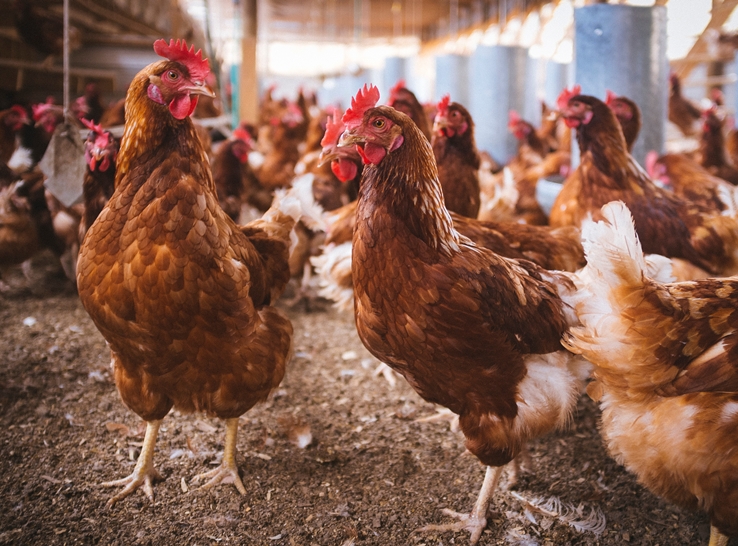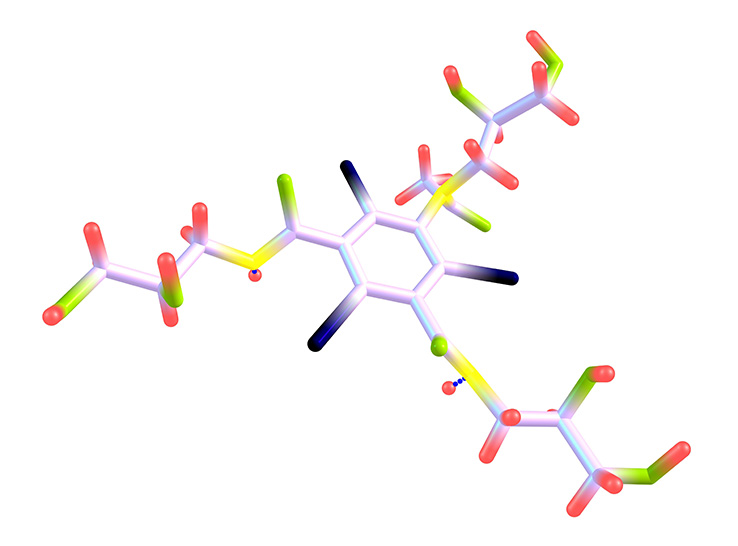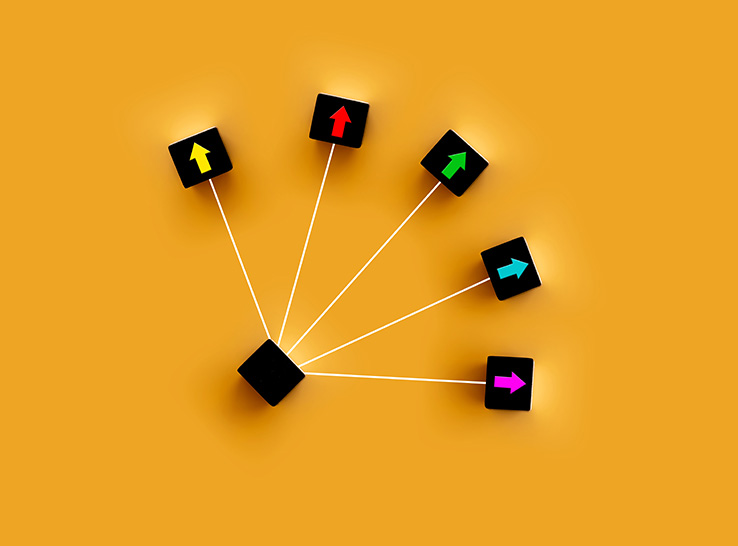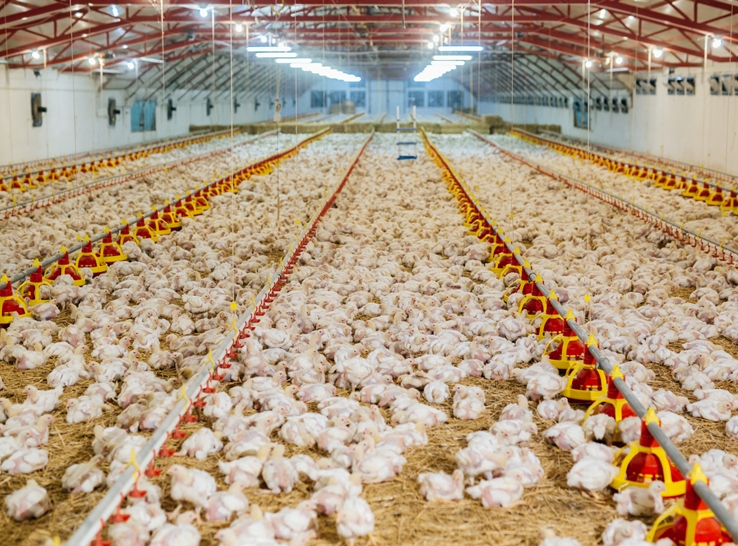Innate and adaptive immunity in poultry against coccidiosis is complex, involving activity from many different cells and molecules. Fortunately, research is shedding light on potential routes forward to help birds fight the ubiquitous parasitic disease.
In a presentation at the 2024 Poultry Science Association annual meeting, Rami Dalloul, PhD, distinguished professor in poultry science at the University of Georgia, explained how some of the latest work by his team is adding to knowledge in this area.
Highlighting performance differences
In one field study, the research team collected samples from farms considered high- and low-performing and performed RNA sequencing. Sequencing revealed that the two primary components that define differences between farms are nutrient metabolism and immune function, Dalloul noted.
They observed greater activation in immune-response and gut-integrity pathways in low-performing flocks, and greater activity in pathways related to digestion and absorption of vitamins and minerals in high-performing flocks.
Medical-imaging approach provides insight
Dalloul’s team also uses the molecule iohexol (pictured above), commonly used in medical imaging, to explore gut integrity in necrotic enteritis models employing Eimeria inoculation as a predisposing factor. They divided birds into four groups:
- Group 1: Infected with Eimeria maxima, one of the key parasites associated with coccidiosis
- Group 2: Infected with the bacterium Clostridium perfringens only
- Group 3: Infected with both Eimeria and perfringens simultaneously, as is typically seen in necrotic enteritis field cases
- Group 4: Control (no infection)
The infections were at subclinical levels.
At day 21 of the study, they saw a “huge difference in the iohexol serum levels,” Dalloul explained. Eimeria alone had a significant impact on gut integrity, even without other pathogens. There were also spikes in cytokines — small proteins that regulate immunity — at day 21.
Cytokine levels returned to normal levels at day 28 correlating with iohexol concentrations, suggesting that birds had recovered from infection.
Exploring immunity evasion
Evasion of immunity by pathogens is “very important and often understudied,” Dalloul noted. Another study helped shed light on how Eimeria parasites succeed in evading immune response.
Eimeria produces a cytokine known as macrophage migration inhibitory factor (MIF), which inhibits macrophage migration, key immune cells of the host. The team designed a study using CRISPR-Cas9 gene editing to target the genes that produce MIF.
The researchers observed a 10-fold reduction in MIF production, nearly 14% more cells in host birds surviving and reduced effects of the parasite. The work could provide ideas for vaccine development, Dalloul said.
Better analysis tools needed
Summarizing learnings from his team’s experiments, Dalloul noted that immune responses to coccidiosis infection are never uniform and tend to be more circumstantial, influenced by research settings and field conditions.
This lack of uniformity makes careful interpretation of data essential. He also stressed that quantitative PCR, the main tool of research, is an indirect measurement because it looks only at RNA, which doesn’t show what is happening at the protein level.
Ultimately, understanding the complexities of host responses to coccidiosis will remain challenging until better immunological tools are both available and feasible, he added.








